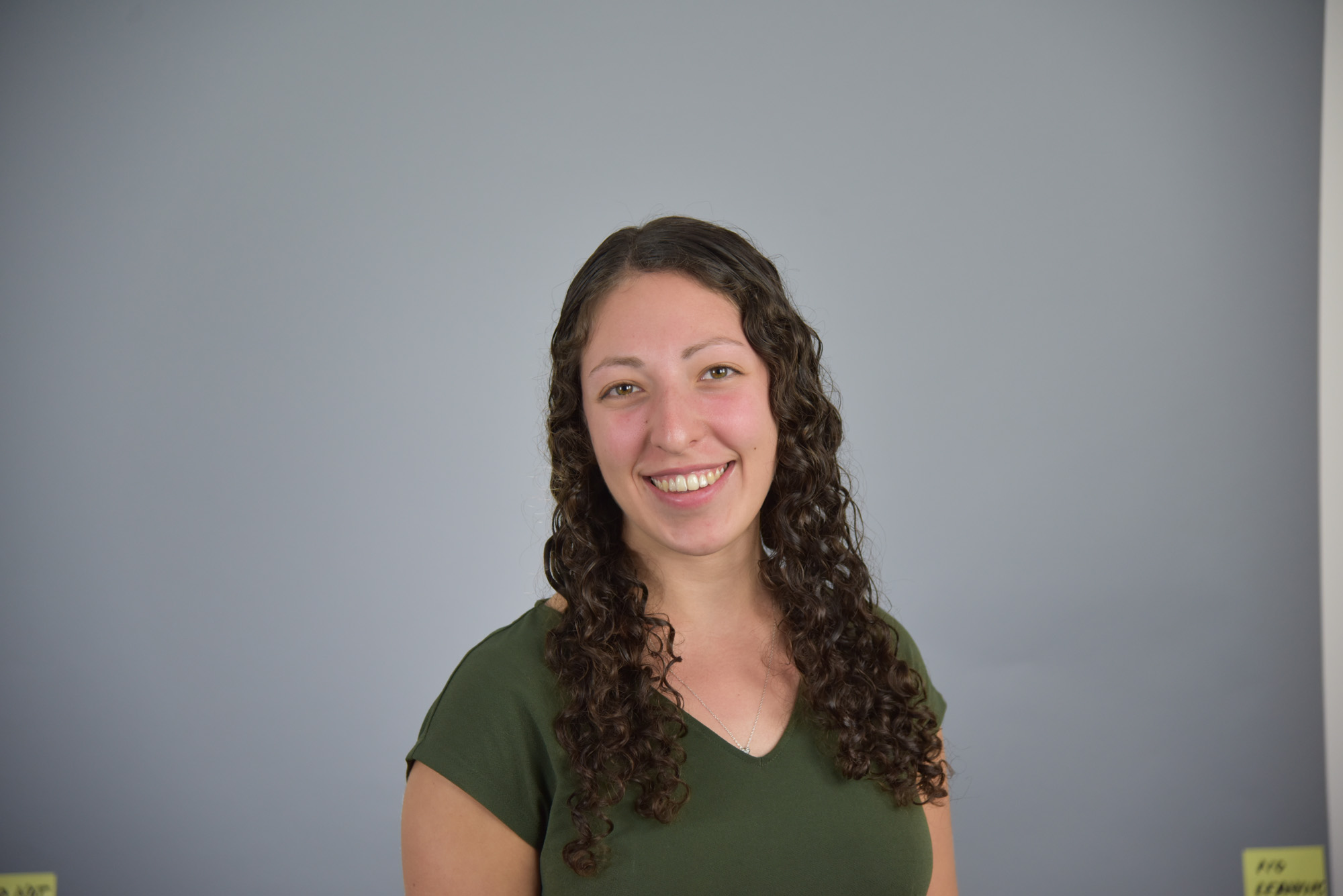Finding the "place" to age-in-place
Three years ago, my late-50s parents sold their house – my childhood home – in pursuit of a new, hopefully “forever” home. Unknowingly doing so months before a global pandemic, they felt ready to trade their suburban lifestyle for one closer to the action that Boston had to offer – a common choice among new retirees. What they didn’t know was that it would take three apartments and several years for them to finally find the right place.
During that time, Zillow and Redfin were my parents’ way of life: constant browsing for the perfect forever home. My parents had a long list of criteria (long enough that I could not possibly fit it into a single blog post): They wanted access to public transit and also parking, proximity to my dad’s office and also enough rooms to accommodate working from home, sufficient accessibility to accommodate aging in place, and also, somehow, something within their budget.
Their first apartment was in a high-rise building in Fenway. It looked promising, with parking, access to public transportation, elevator accessibility, and great common spaces. Its only downfall? Youth. Many of the other tenants, it turned out, were college students. The age of the neighbors had not been an item of consideration for my parents, but they discovered that being surrounded by twenty-somethings made them feel out of place.
After a year, they moved to apartment number two. Their second choice was smackdab in the middle of Boston, across from the Park Street station. This time, they were one of only four apartments in the building. They had great access to public transportation, and formally speaking, the apartment was accessible. But getting up to their floor meant braving a rickety, early 1900s-esque elevator, certainly not wide enough to fit a wheelchair in the event they ever needed one. Personally, I opted for six flights of stairs every time.
Though Boston is rated one of the best cities for aging, my parents found that many homes were antiquated in design and had not been updated to provide accessibility for aging residents or any range of physical conditions. For those reasons, apartment number two did not work out.
For anyone, regardless of age or life stage, finding a new home is challenging – it’s a huge commitment, and unless you build it yourself, it’s more than likely that compromises will have to made. And even if a recipe for the “perfect home” existed, preferences for homes may change faster than the homes themselves possibly can.
For my parents, the arrival of the COVID-19 pandemic changed their forever-home wish-list almost overnight. Suddenly, having the space for a home office rose to the top of their list. An adaptable space—not to mention a strong WiFi connection—became a lot more important to them.
But even if no home can ever be perfect, there are evolving ways for us to adapt our homes to new needs, circumstances, and events that we encounter as we age. We can envision a home with smart doorbells and security systems to provide safety and security—and to alert us to the Whole Foods delivery driver at our door; smart sensors, medication managers, and video systems help us manage and monitor our health and allow us to log into telehealth appointments; smart speakers, entertainment systems, and even social robots can provide us with the social engagement and fun that was sometimes harder to come by in the early days of the pandemic.
Recently, my parents finally bought a new ‘forever’ home in Boston that met most of their criteria. I happily approved of the accessibility features that would allow them to safely age in place – a single level unit, flat entryways, wide hallways, handrails that were ready to be installed, ample lighting, and a non-sketchy elevator fitted with handrails and even a seat. My parents’ one complaint? They feel too young for the place.

